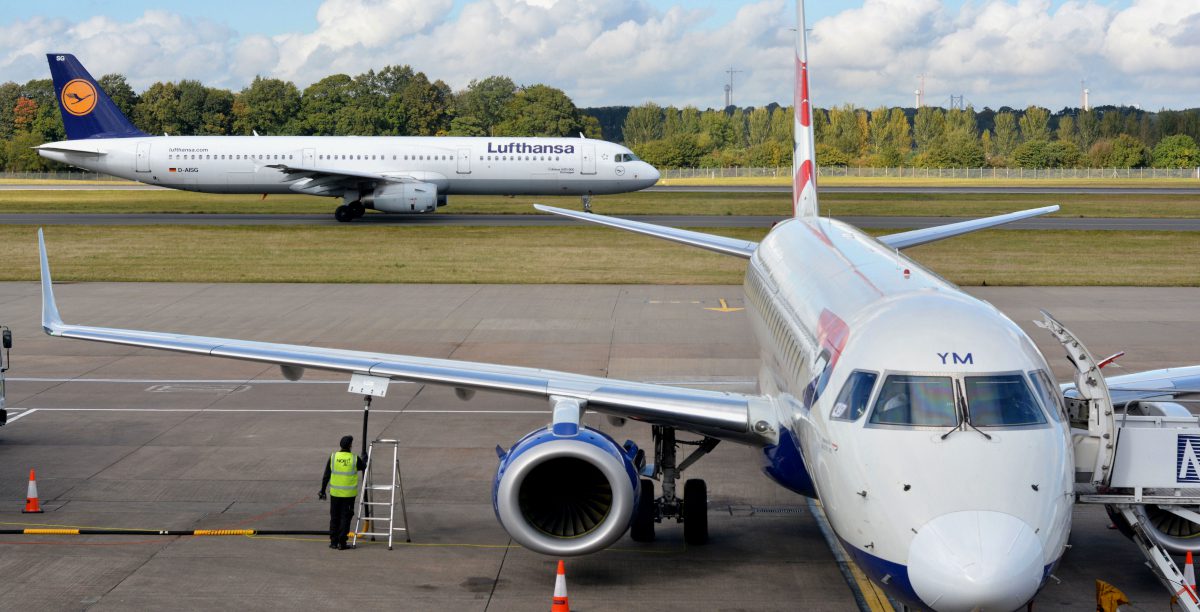
A new report, ‘Hydrogen in Aviation’, takes a closer look at the future demand for the putative aviation fuel in South Wales and South West England. It anticipates an initial adoption phase, up to 2035 or 2040, in which predominantly smaller aircraft will be converted to a hydrogen powertrain, followed by a second phase of much greater demand. It predicts a tipping point for the latter in around 2037, with the wider introduction of purpose-designed, liquid-hydrogen-fuelled aircraft (rather than conversions), such as Airbus’s ZEROeconcept jet engine.
The report was compiled by sustainable development consultancy Arup and gas distribution network Wales and West Utilities (WWU).
Significant challenges to be overcome include finding ways to reduce the size and weight of the powertrain and hydrogen storage system.
Hydrogen’s role in decarbonising aviation encompasses its use as a feedstock for SAF, powering ground support equipment at airports, and other applications. The report examines these areas, as well as barriers to implementation, gas transportation methods, policy, and projects underway in the region.
The UK government is set to make strategic decisions for hydrogen heating in 2026, this is key for gas distribution networks (GDNs) as it impacts pipeline requirements for the most significant hydrogen users – of which airports are one example.
Following the ambitious targets set as part of Jet Zero Strategy launch in 2022, the report identifies and explores the role of hydrogen as the industry prepares to deliver a 10% SAF mix by 2030 followed by net zero flight by 2050. Hydrogen-powered flight and hydrogen’s role in SAF will be key to achieving this.
Overall, new fuels and technologies will account for between one half and three-quarters of the reduction of carbon emissions in aviation expected by 2050.
Other potential candidates for the sustainable aviation fuel of the future include biofuels, efuels, methanol and ammonia.







